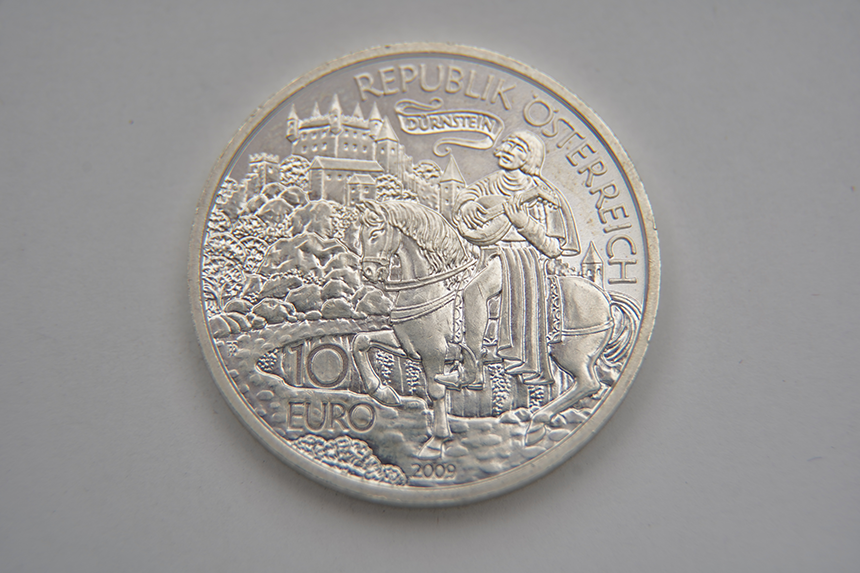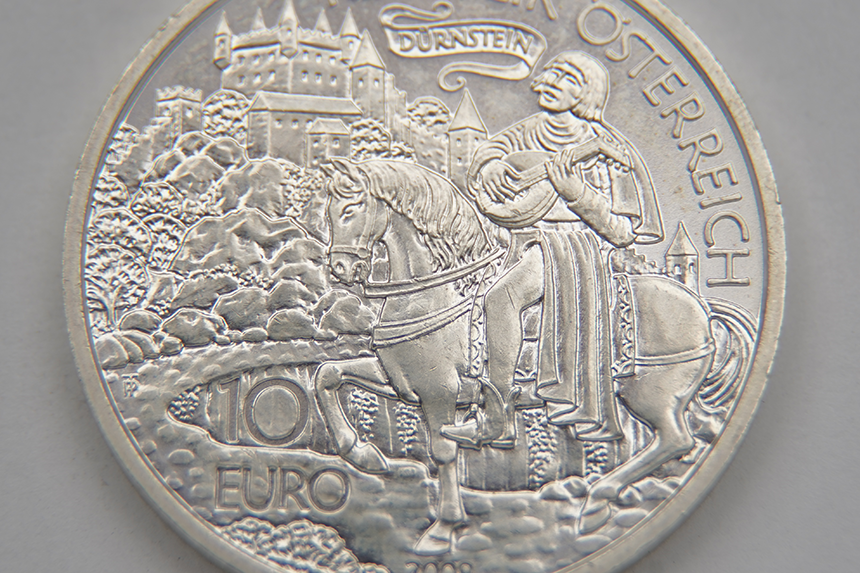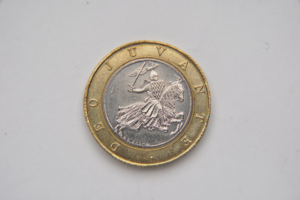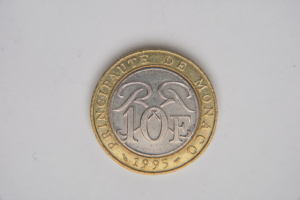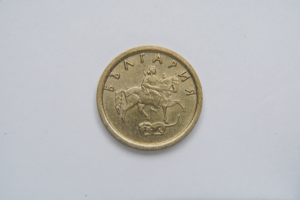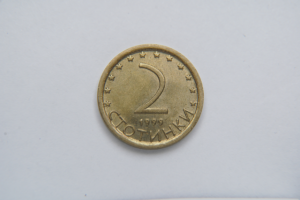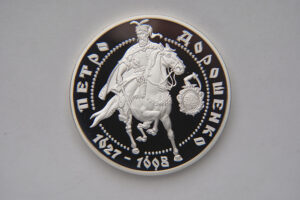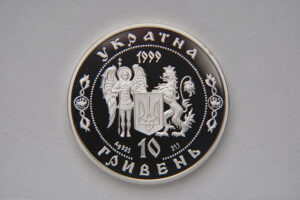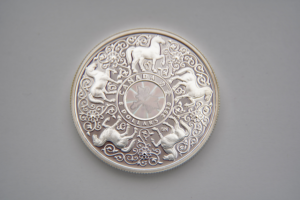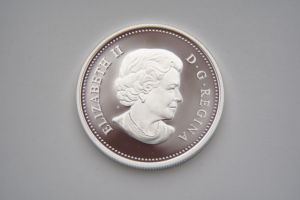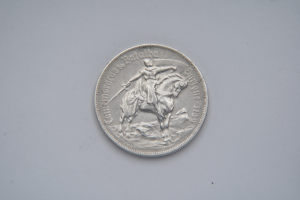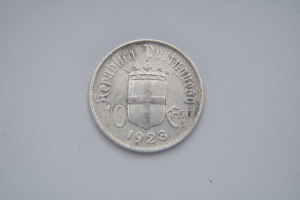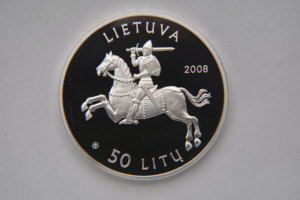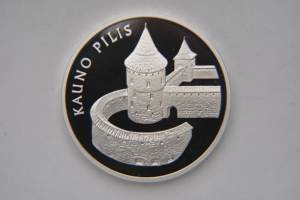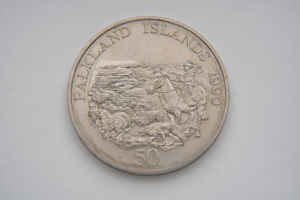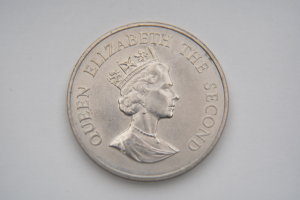The castle where Richard the Lionheart was imprisoned.
Reverse of the coin.
Big size of reverse of the coin.
More information
The castle where Richard the Lionheart was imprisoned.
So here we have the Austrian euro, nominal - 10. The year of issue of this coin is 2009, Mint: Vienna, Austria. Total circulation – 160.000.
Dürnstein Castle was erected in the early 12th century at the behest of Hadmar I of Kuenring, a ministerialis in the service of Margrave Leopold III of Austria, on the estates his ancestor Azzo of Gobatsburg had acquired from Tegernsee Abbey in the late 11th century.
Hadmar, who also founded nearby Zwettl Abbey, had the fortress constructed in a strategic location overlooking the river Danube. It is connected to Dürnstein through a defensive wall extending from the city walls.
The castle is known for being one of the places where King Richard I of England, returning from the Third Crusade, was imprisoned after being captured near Vienna by Duke Leopold V of Austria, from December 1192 until his extradition to Emperor Henry VI in March 1193.
In 1645, near the end of the Thirty Years' War, a Swedish contingent under Lennart Torstensson conquered Dürnstein. Upon their withdrawal, the troops destroyed parts of the gate system. As of 1662, the castle was no longer inhabited permanently.
Conrad Balthasar of Starhemberg purchased the castle in 1663, which is still owned by his heirs to this date. From 1679 on, however, the castle was no longer habitable and was abandoned. Today, the fortress is part of the "Wachau Cultural Landscape" UNESCO World Heritage Site
Object data
Title
The castle where Richard the Lionheart was imprisoned.
Artist
Both sides: Thomas Pesendorfer.
Founder
Vienna, Austria.
Date
2009.
Culture
Austria.
Medium
Silver 0.925.
Dimensions
17.3x32.
Classification
Coin.

